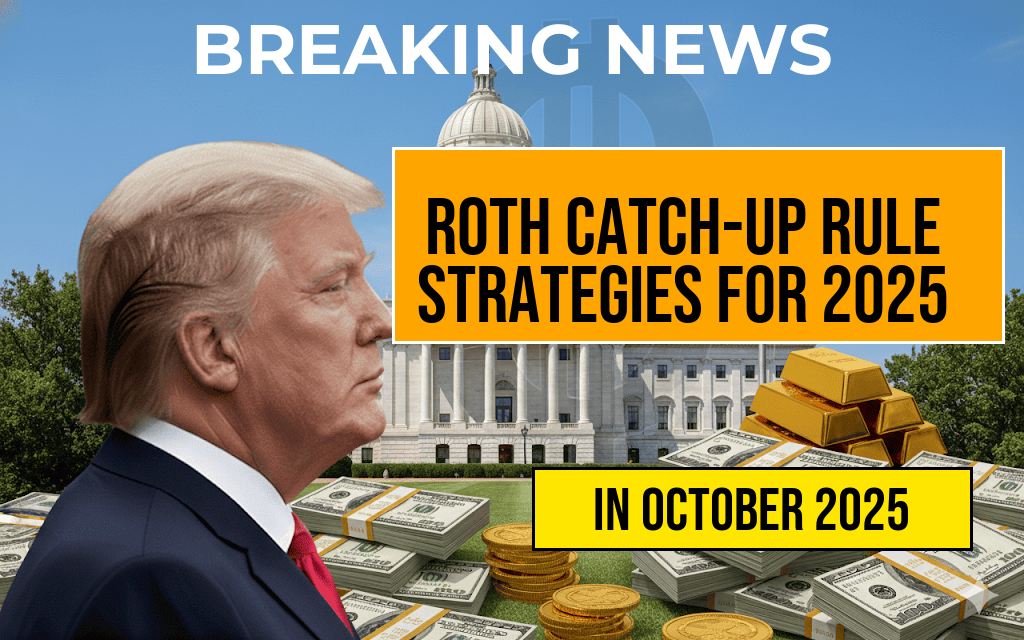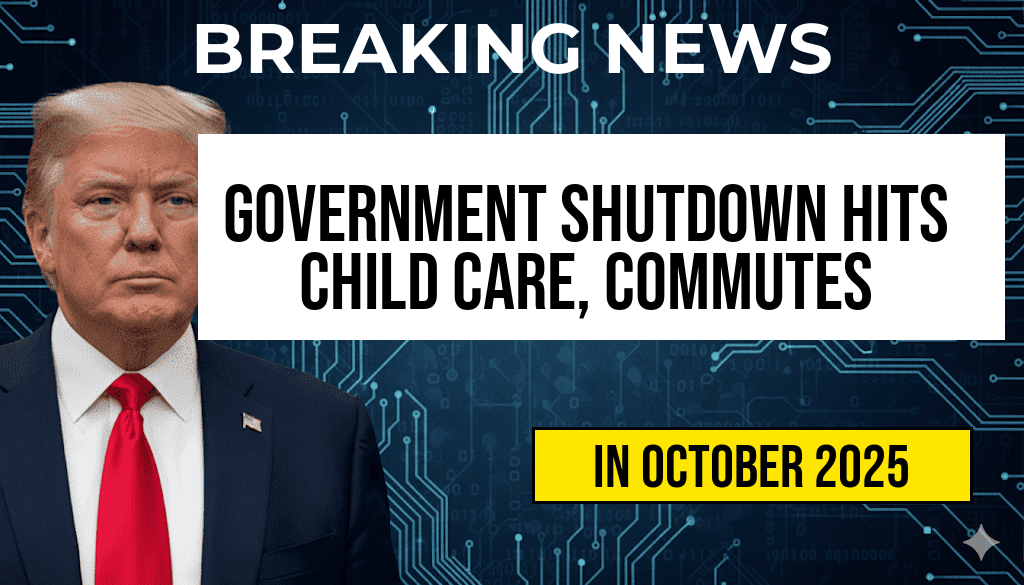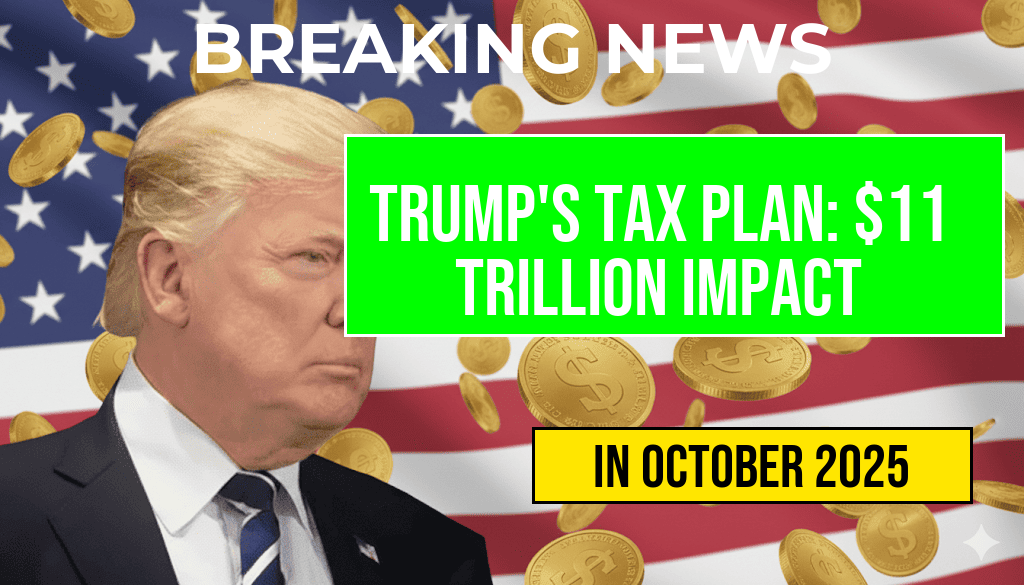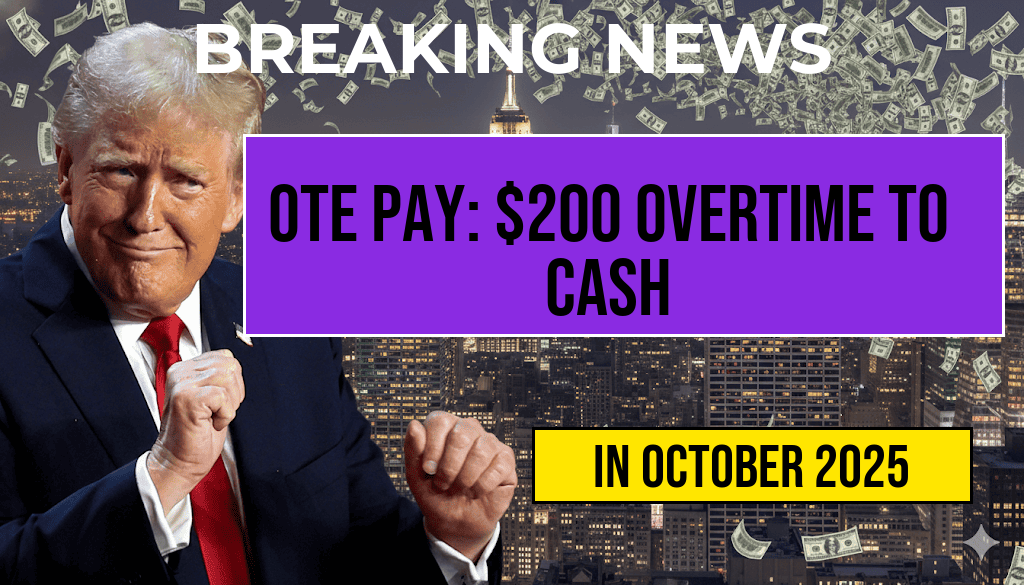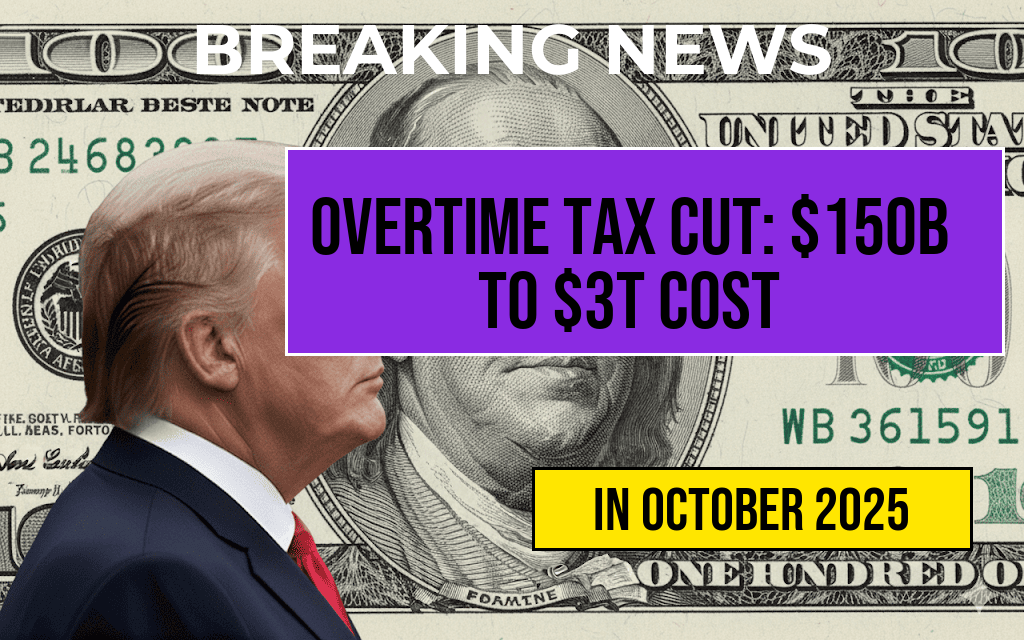Former President Donald Trump has unveiled a tax plan that could potentially reach a staggering $11 trillion over the next decade. This proposal is primarily aimed at stimulating economic growth through significant tax cuts for individuals and corporations. However, as with any major financial policy, the implications for American taxpayers and the broader economy are complex and warrant careful examination. Proponents argue that reducing tax burdens will encourage business investments and job creation, while critics express concerns about increasing the federal deficit and its long-term impact on public services. Understanding how this plan could affect your wallet is essential, as the potential changes may reshape the financial landscape for millions of Americans.
Overview of Trump’s Tax Proposal
Trump’s tax plan builds upon his previous tax reforms, proposing substantial reductions in both individual and corporate tax rates. The key elements of the proposal include:
- Reduction of Individual Tax Rates: A decrease in the current tax brackets, aiming to lower the effective tax rate for most Americans.
- Corporate Tax Rate Cut: A proposed reduction of the corporate tax rate from 21% to 15%, making the U.S. more competitive in the global market.
- Increased Standard Deductions: Raising the standard deduction to allow more taxpayers to benefit from simplified filing.
- Elimination of Certain Deductions: Removing deductions for state and local taxes, which could impact taxpayers in high-tax states.
Economic Implications
Supporters of the tax plan argue that reducing tax burdens can lead to increased consumer spending, driving economic growth. By allowing individuals and businesses to retain more of their earnings, the expectation is that investments will rise, leading to job creation and higher wages. However, critics caution that the proposed cuts could exacerbate the federal deficit, potentially leading to cuts in essential services like education and healthcare.
Potential Benefits
The potential benefits of Trump’s tax plan, if implemented, include:
- Increased Disposable Income: Individuals could see larger paychecks, increasing their ability to spend or save.
- Boost to Small Businesses: Lower corporate taxes may encourage small business growth and expansion.
- Attracting Foreign Investment: A more favorable corporate tax environment may draw in international companies looking to establish operations in the U.S.
Possible Drawbacks
Despite these potential advantages, the plan also has significant drawbacks:
- Higher Deficit: Experts warn that cutting taxes without offsetting spending could lead to an unsustainable increase in the national debt.
- Impact on Public Services: Funding for crucial programs may dwindle, affecting education, healthcare, and infrastructure investment.
- Disproportionate Benefits: Critics argue that the wealthiest Americans and large corporations would benefit the most, widening the income gap.
Impact on Different Tax Brackets
| Income Bracket | Current Tax Rate | Proposed Tax Rate | Estimated Annual Savings |
|---|---|---|---|
| Under $50,000 | 12% | 10% | $1,000 |
| $50,000 – $100,000 | 22% | 15% | $3,500 |
| $100,000 – $250,000 | 24% | 20% | $4,000 |
| Over $250,000 | 32% | 28% | $8,000 |
Conclusion
The potential implications of Trump’s tax plan are significant and varied. While the promise of lower taxes and increased spending power may appeal to many, the associated risks of a growing deficit and diminishing public services raise critical questions about the long-term viability of such a policy. As debates continue, it is essential for taxpayers to stay informed about how these changes could impact their finances and the economy as a whole. For more information on tax policies and their implications, you can visit Forbes or Wikipedia.
Frequently Asked Questions
What is the total estimated cost of Trump’s tax plan?
The total estimated cost of Trump’s tax plan could reach up to $11 trillion, which raises questions about its implications for the economy and individual taxpayers.
How might Trump’s tax plan affect individual taxpayers?
Trump’s tax plan may lead to significant changes in tax brackets and deductions, potentially resulting in lower taxes for some individuals, while others may see an increase in their tax burden.
What are the potential economic implications of this tax plan?
The economic implications of Trump’s tax plan could include increased deficits, shifts in federal funding for programs, and impacts on job growth and investment in various sectors.
Will the tax plan affect corporations as well?
Yes, Trump’s tax plan includes provisions that could significantly affect corporate tax rates, which may influence corporate investment decisions and overall economic growth.
How should individuals prepare for the changes proposed in the tax plan?
Individuals should stay informed about the potential changes in tax legislation and consider consulting with a financial advisor to understand how these changes may impact their personal finances.


